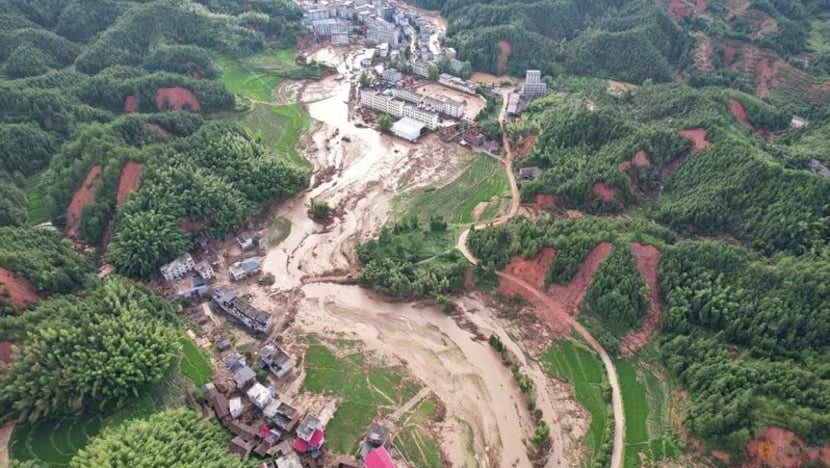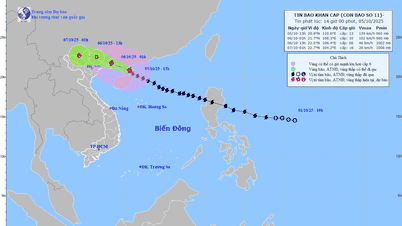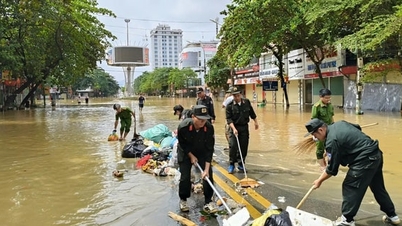Before Typhoon Gaemi hit, China had been facing months of extreme weather, including record rain in southern provinces and heatwaves in northern regions.

The aftermath of a landslide in Zhoumenzi town following heavy rainfall caused by the remnants of Typhoon Gaemi in Zixing, Hunan province, China, July 31, 2024. Photo: REUTERS
The city of Zixing was the hardest hit by the storm, with 673.9mm of rain falling in 24 hours. Typhoon Gaemi left 30 people dead and 35 missing.
The city's infrastructure was severely damaged, with 149 villages without power, 78 areas without communications, 1,641 houses destroyed and 1,345 road sections collapsed.
About 118,000 people, or about a third of Tu Hung's population, were affected and about 13,800 hectares of crops were damaged.
Premier Li Qiang has called for efforts to search for missing people, restore infrastructure and prevent disasters such as landslides.
The mountainous and densely forested terrain made rescue work difficult, with many areas cut off by collapsed roads, forcing rescuers to walk to the worst-affected areas.
Across Hunan province, floods have affected 1.15 million people, causing direct economic losses of 6.13 billion yuan ($849 million). Emergency workers struggled to plug a breached levee on the Jianshui River, with two other breaches reported on July 28.
More extreme weather is forecast for August, with many areas expected to receive more rain than corresponding periods in previous years.
Cao Phong (according to Reuters, CNA)
Source: https://www.congluan.vn/trung-quoc-chay-dua-tim-nguoi-mat-tich-sau-lu-lut-do-bao-gaemi-gay-ra-post306080.html




































































































Comment (0)